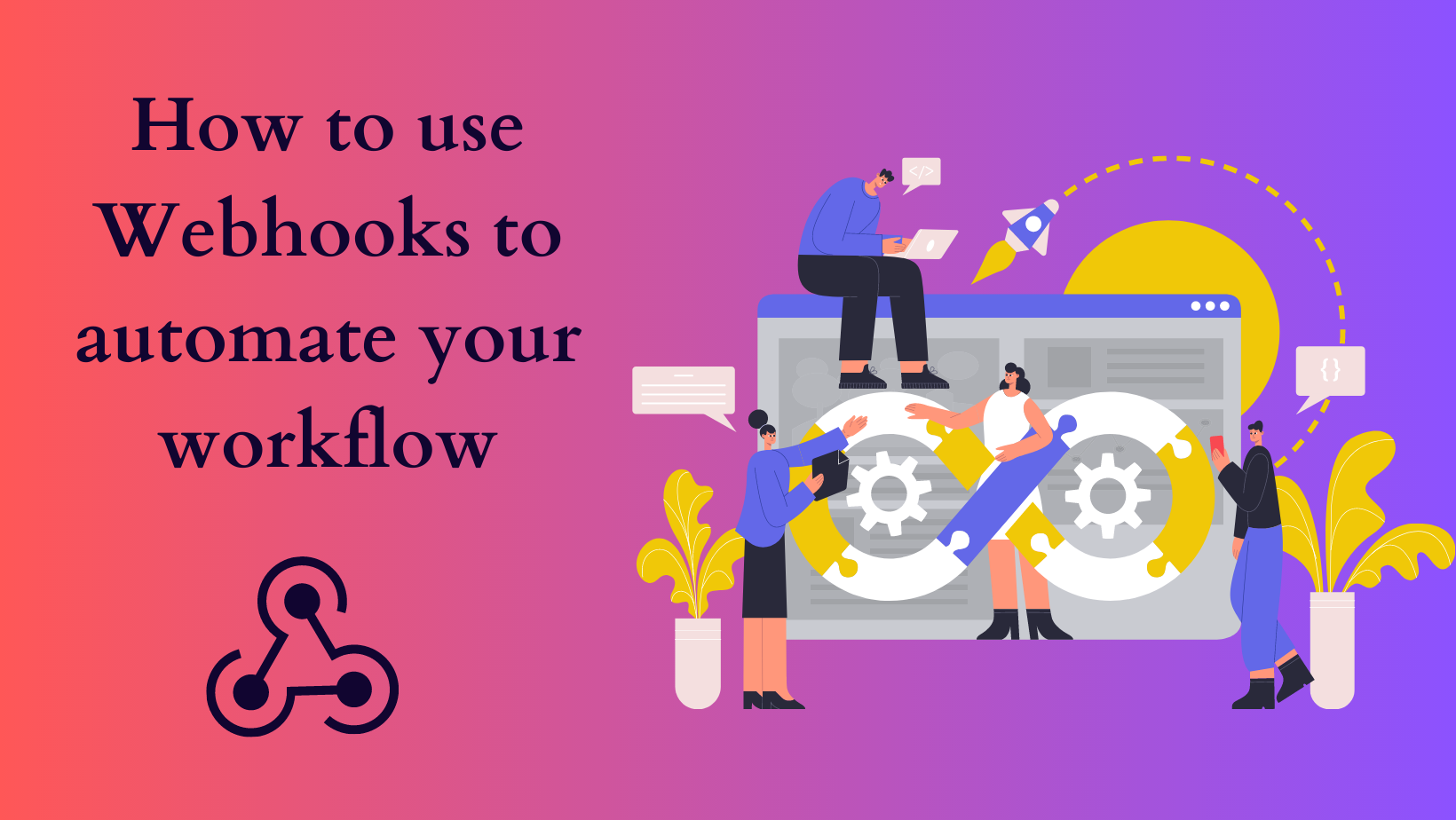Webhooks vs APIs: A Comprehensive Comparison
.png)
“Every coin has two sides. Every mountain has a valley. For every strength, there is a weakness. Every up has a down"
― L.R. Knost
You have already met Mr. Webley Shubooks who drops in details for your magazine's subscriptions from time to time, no questions asked- Pretty amazing, isn’t it?
Webhooks does that!-
Sometimes when you need to go the extra mile in the magazine business like collaborating with a new publishing house, you look up to Mr. Azael Pierre Iric for his statistical knowledge about it. He takes up your plans and shares them with the publishing house and returns with his response to you.
That's API doing the background task for you!
What is an API?
API stands for Application Programming Interface. Communication between software applications is enabled with its set of protocols, routines, and tools.
APIs allow different software applications to interact with each other and exchange information or data. They define a standard way for applications to request and receive information from one another, regardless of the programming languages or platforms used by each application.
How does API work?
APIs work by providing a set of rules and protocols for different software systems to communicate with each other. When one system wants to access data or functionality from another system, it sends a request to the API, which then processes the request and sends back a response.
What is common between Webhooks and APIs?
Webhooks and APIs are both used for communication between software applications, but they serve different purposes.
API- Provides a more structured and standardized way for applications to access information or functionality making it easier to integrate different systems.
Webhooks- Allows applications to receive real-time notifications or data from another application, without having to constantly make requests for it- A trigger does that.
When to use APIs?
APIs are used in a wide range of software development scenarios, where different applications or services need to interact with each other. Here are some common use cases where APIs are used:
- Integrating with third-party services: APIs offer a method for incorporating third-party services or data sources into an application. For instance, a payment gateway's API may be used by an e-commerce website safely and effectively process payments.
- Building mobile or web applications: APIs enable developers to build applications that offer rich user experiences by leveraging mobile or web applications to interface with back-end services or databases.
- Automating business processes: By allowing multiple apps to connect, APIs can be used to automate business operations. This can improve productivity by streamlining operations and reducing manual data entry.
- Data sharing: APIs can be used to share data between different applications or services. For example, an analytics tool can use APIs to extract data from a customer relationship management (CRM) system to provide insights into customer behaviour.
- Developing custom solutions: Developers can leverage APIs to create specialized solutions that adhere to certain business needs. For instance, a healthcare provider could connect medical equipment to electronic health record (EHR) systems via APIs.
Check this blog out to know more about Webhooks, how it works, when to use it, and who uses it.
Differences between Webhooks and APIs:
|
S.No |
Webhooks |
APIs |
|
1. |
Put to best use to receive real-time updates and notifications from other applications more simply and efficiently |
Best used to retrieve specific data from another application or service |
|
2. |
Easier to set up and maintain, require less technical expertise |
More complex to set up and maintain, and may require more technical expertise |
|
3. |
Constant polling is avoided, fetches faster updates |
Requires manual requests; response time depends on the size of the database |
|
4. |
May not be as secure as APIs, due to reliance on third-party servers to send data |
Uses authentication and encryption to protect data, thus better security |
|
5. |
Limited to specific events and data formats- Flexibility compromised
|
Offers more flexibility in terms of the types of data that can be accessed and the actions that can be performed |
Hence, the bottom line, both APIs and webhooks are commonly used in web development and integration projects. Both webhooks and APIs can be powerful tools when used correctly, and understanding the differences between them can help you choose the right tool for the right project. Ultimately, the choice between webhooks and APIs will depend on the specific requirements of your project.
About us:
MYFUNDBOX is a subscription billing platform to help businesses handle recurring billing and revenue management operations integrated with payment processing decacorns like Stripe, GoCardless, and Mollie.
In partnership with Google Cloud, MYFUNDBOX provides a single platform to enable customer-preferred payments globally.
With MYFUNDBOX's webhooks, your customer's payment or order details will be instantly and automatically registered in your destined system provided you have pre-configured it according to your requirements.
Check out our next blog on MYFUNDBOX's API to know about it.
Schedule a demo call to know more about MYFUNDBOX's webhooks and API!
REFERENCE:


